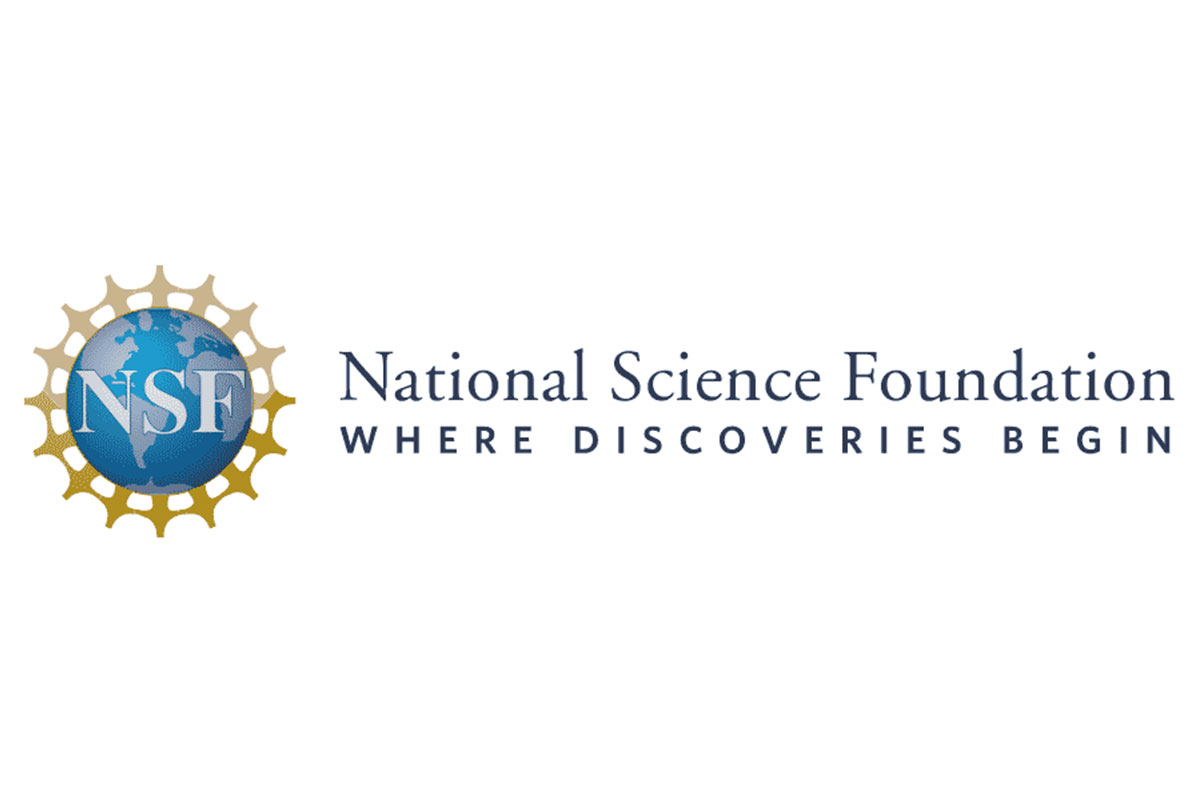
National Science Foundation Graduate Research Fellowships
Embarking on a journey into the realm of scientific research is an exhilarating endeavor. For those aspiring minds seeking financial support and recognition, the National Science Foundation Graduate Research Fellowships (NSF GRFP) stand as a beacon of opportunity.
In this post we will delve into the intricacies of NSF GRFP exploring its significance, application process and the transformative impact it has on the academic trajectory of aspiring researchers.
The National Science Foundation Graduate Research Fellowships, commonly known as NSF GRFP, is a prestigious program designed to support outstanding graduate students in science, technology, engineering and mathematics (STEM) disciplines. It serves as a catalyst for nurturing talent fostering innovation and propelling the next generation of scientific leaders.
Embarking on the NSF GRFP journey requires meticulous preparation. The application process involves a comprehensive evaluation of academic achievements, research experiences and a well crafted research proposal. Picture it as a narrative your chance to tell a compelling story about your academic and research journey.
The research proposal is the heartbeat of your NSF GRFP application. It’s not just a document; it’s your vision, your contribution to the scientific tapestry. Be vivid, be specific. Imagine yourself as the protagonist, unraveling the mysteries of your chosen field. Convince the reviewers that your work is not just groundbreaking but essential. For those fortunate enough to secure the NSF GRFP, the impact is transformative. It’s not just a financial aid package; it’s an affirmation of your potential and a passport to academic freedom.
With the financial burden lifted, you can fully immerse yourself in your research, pushing the boundaries of knowledge and innovation.
Let’s put a face to the name. Consider Maria, a budding astrophysicist. With the NSF GRFP, she had the liberty to delve into her passion for unraveling the mysteries of the cosmos. Or think of John, an environmental scientist, whose NSF GRFP funded research paved the way for sustainable agricultural practices. These are not just stories; they are testaments to the impact of NSF GRFP on real lives and real science.
While NSF GRFP is a gateway to academic glory, the path is not devoid of challenges. The competition is fierce and the expectations are high. It’s a marathon, not a sprint. Stay resilient, seek guidance and understand that setbacks are part of the journey. Your perseverance will be as crucial as your academic prowess.
FAQs: Demystifying the NSF GRFP
Q1: What is the eligibility criteria for NSF GRFP?
A1: To be eligible, you must be a graduate student or planning to pursue graduate education in a STEM field. US citizenship, nationals or permanent resident status is also a requirement.
Q2: Can I apply for NSF GRFP more than once?
A2: Yes, you can apply once as an undergraduate and once as a graduate student, provided you meet the eligibility criteria.
Q3: What makes a standout research proposal?
A3: A standout research proposal is clear, concise and addresses a significant scientific challenge. It should showcase your innovative approach and potential for broader impact.
Q4: How does NSF GRFP contribute to career development?
A4: NSF GRFP provides financial support, enhances visibility within the scientific community and opens doors to research opportunities. It’s a prestigious accolade that can significantly boost your academic career.
Tips for a Stellar NSF GRFP Application
- Start Early: Crafting a compelling application takes time. Start brainstorming ideas, refining your proposal and gathering recommendation letters well in advance.
- Align with NSF Priorities: Tailor your research proposal to align with NSF’s priorities. Show how your work contributes to the advancement of science and addresses pressing challenges.
- Show Impact: Demonstrate the broader impacts of your research. How does it contribute to society, education, or the economy? Make it clear why your work matters beyond the academic realm.
- Seek Feedback: Don’t shy away from seeking feedback on your proposal. Your mentors, peers, or advisors can provide valuable insights and help you polish your ideas.
- Connect the Dots: Showcase the interconnectedness of your academic and research journey. Help the reviewers see the logical progression that led you to your proposed research.
- Stay True to Yourself: While guidance is crucial, ensure your application reflects your authentic voice. Let your passion for your field and your research shine through.
The National Science Foundation Graduate Research Fellowships are not just financial aids; they are transformative experiences that shape the trajectory of aspiring researchers. Through this listicle, we’ve unraveled the layers of NSF GRFP, from the application process to the real life stories of those who have benefited.
As you embark on your NSF GRFP adventure, remember: it’s not just about the destination; it’s about the journey of scientific discovery that lies ahead.
Discover more from reviewer4you.com
Subscribe to get the latest posts to your email.


